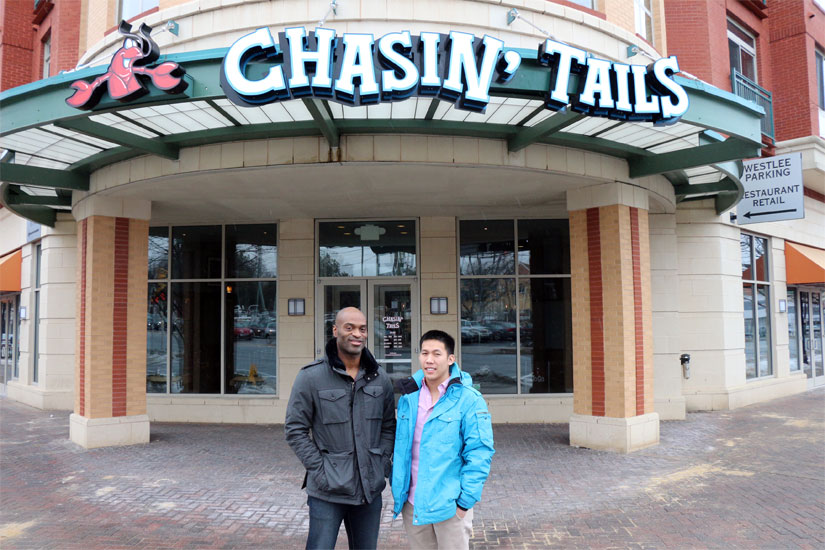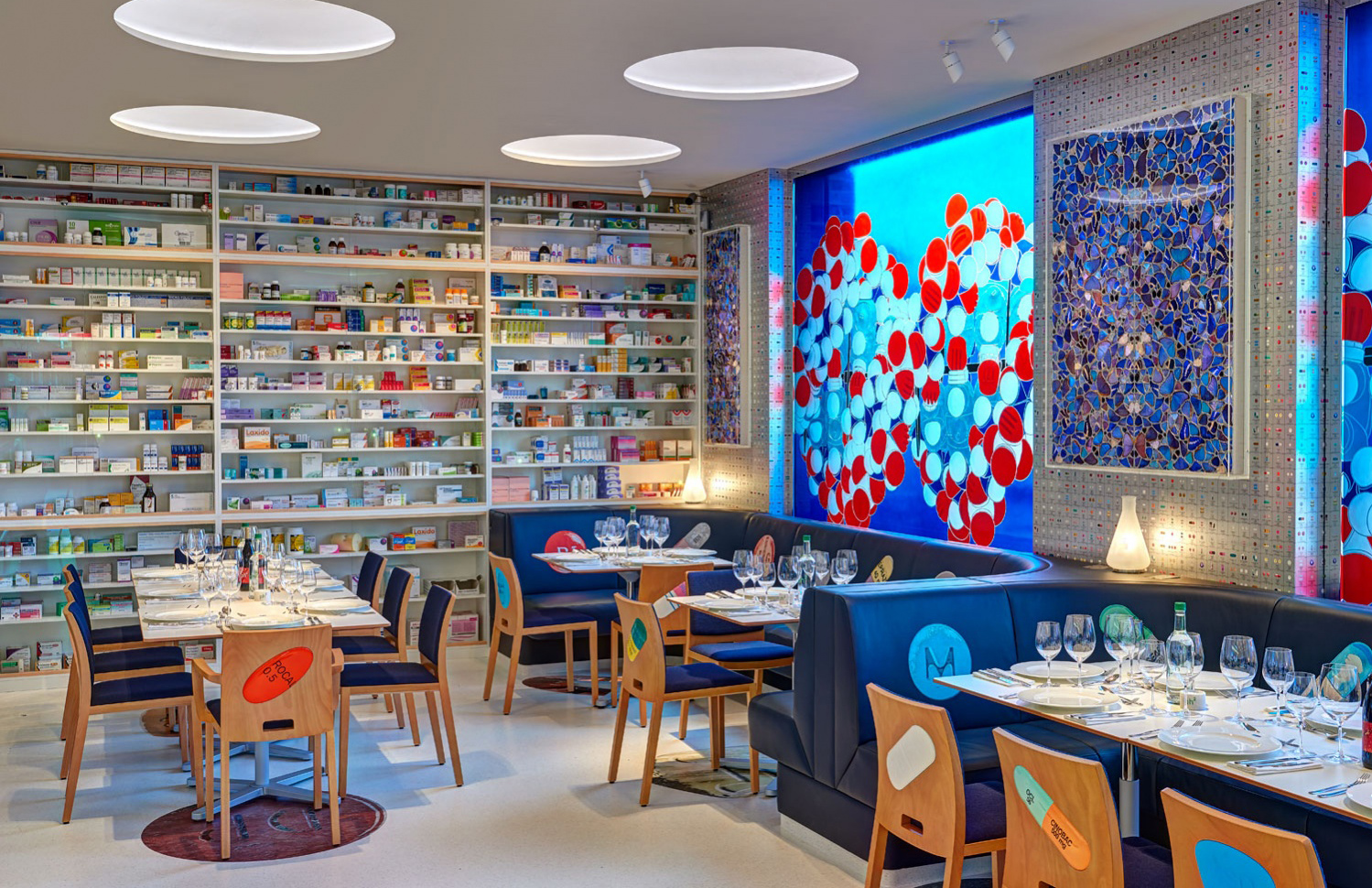The location of a restaurant has traditionally been a key factor in its success, with prime real estate often considered essential for drawing in customers. However, a growing number of restaurateurs are proving that creativity and innovation can triumph over location. By opening restaurants in unconventional spaces—former warehouses, underground locations, or even rural areas—these entrepreneurs have turned unlikely venues into thriving dining destinations. Here are some inspiring stories of restaurants that found success in unusual locations.
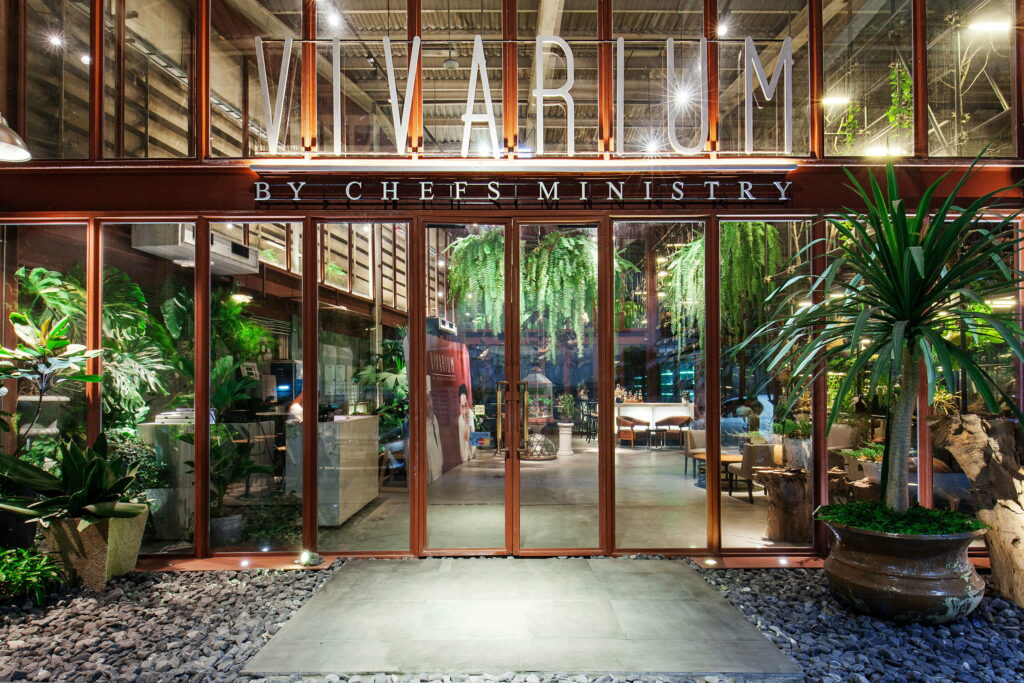
The Warehouse Turned Trendy Eatery
In cities where commercial space is often limited, some restaurateurs are reimagining old industrial spaces to create unique dining experiences. One notable example is a restaurant that transformed a former warehouse into a sleek, modern eatery with an open kitchen and communal dining tables. The raw, unfinished look of the space, complete with exposed brick walls and steel beams, was intentionally preserved to create an industrial-chic ambiance. The contrast between the rugged surroundings and the fine dining experience inside drew customers in, creating a buzz that led to rapid success. The warehouse setting became part of the restaurant’s charm, offering a distinctive atmosphere that couldn’t be replicated in a typical commercial space.
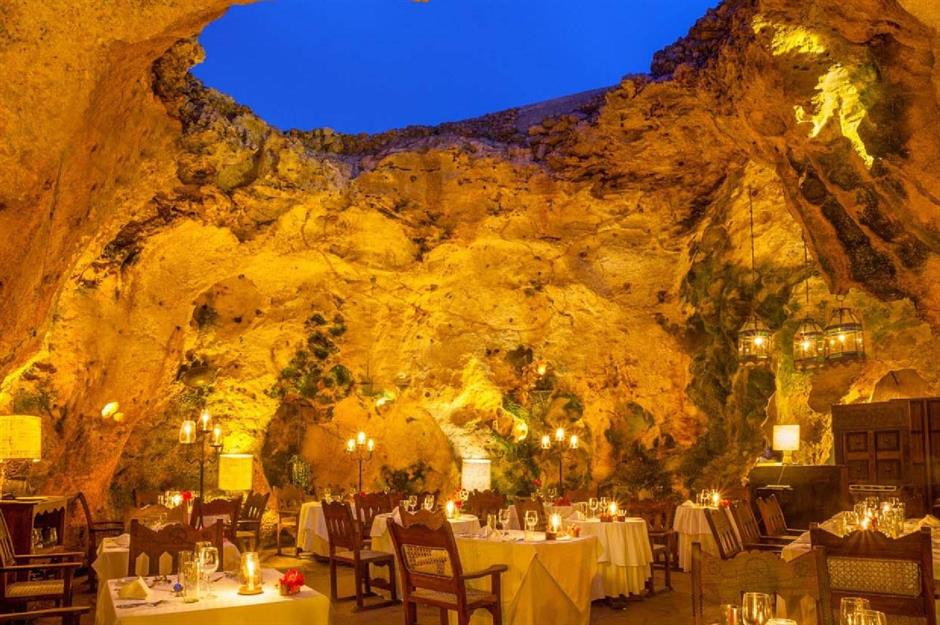
Dining Underground
Another trend in unconventional restaurant locations is underground dining. While it may sound unusual, dining in basement-level or subterranean spaces has become a sought-after experience in cities around the world. One such restaurant found success by creating a speakeasy-style experience in an underground location. Guests enter through a hidden door and descend into a cozy, dimly lit space that evokes a sense of exclusivity and mystery. The intimate, underground setting enhances the sense of discovery, while the menu focuses on locally-sourced ingredients and creative cocktails. This underground dining trend has become popular in cities like New York and London, where the atmosphere and unique concept are just as important as the food.
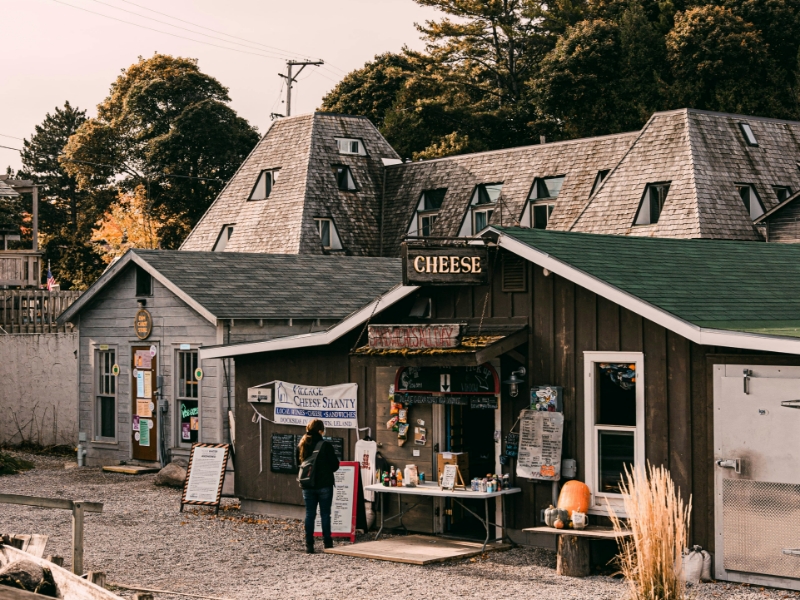
Rural Restaurant Success
While urban locations dominate the restaurant scene, some restaurateurs are finding success by embracing the charm and tranquility of rural areas. A standout example is a farm-to-table restaurant located in a remote countryside town. Far from the bustling city centers, this restaurant thrives by offering guests a peaceful escape, with stunning views of nature and a menu centered on locally grown produce. The restaurant capitalizes on its rural location by offering farm tours and cooking classes, drawing food lovers from around the region. The focus on fresh, sustainable ingredients and the rustic, idyllic setting have made it a destination for those seeking a more intimate and authentic dining experience.

